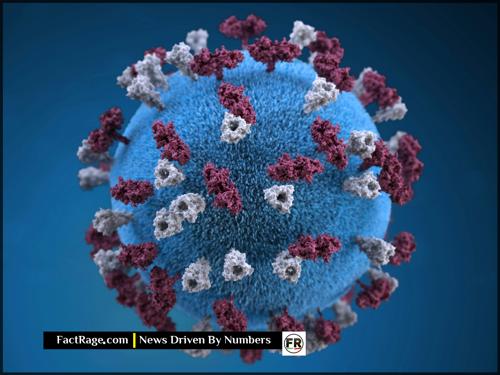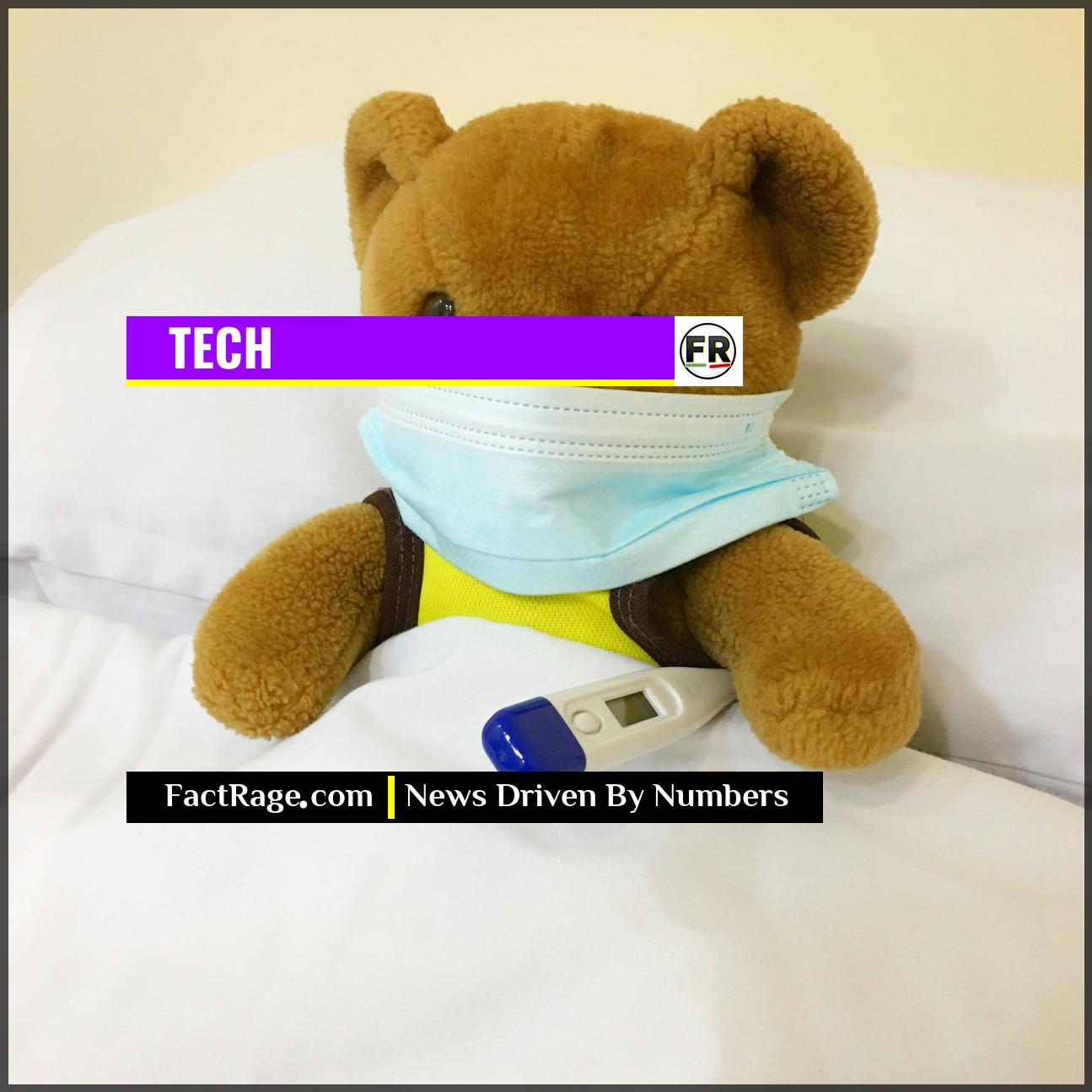NATIONWIDE – The resurgence of measles in communities across the globe is a direct consequence of the virus’s extreme contagiousness encountering pockets of reduced vaccination rates, a scenario predicted by established epidemiological models.
- A Hyper-Contagious Virus – Caused by the rubeola virus, measles is an airborne disease so contagious that it can infect up to 90% of non-immune people exposed to it.
- The Immunity Threshold – To prevent sustained outbreaks, a population needs to maintain a vaccination rate of approximately 95%. This high bar, known as the herd immunity threshold, is necessary to protect those who cannot be vaccinated.
- A Proven Preventative – The Measles, Mumps, and Rubella (MMR) vaccine is a highly effective tool, with two doses providing about 97% protection against the virus for life.
The return of a nearly-eradicated disease raises urgent questions. The answers lie not in opinion, but in the fundamental science of virology and the mathematics of public health. Understanding how this specific virus operates is key to understanding why these outbreaks occur.
The Invisible Architecture of Health
![]() Some of the most powerful forces shaping our lives are invisible. The principles of virology and epidemiology are not abstract classroom topics; they are the fundamental rules governing the battle between a microscopic pathogen and our collective health. The concept of community immunity is a scientific achievement that functions as an invisible shield, built one vaccination at a time.
Some of the most powerful forces shaping our lives are invisible. The principles of virology and epidemiology are not abstract classroom topics; they are the fundamental rules governing the battle between a microscopic pathogen and our collective health. The concept of community immunity is a scientific achievement that functions as an invisible shield, built one vaccination at a time.
Read On…
This article will deconstruct that shield, revealing the precise mathematics and biology that explain why it is so effective, and what happens when it weakens.
What Makes the Measles Virus a Perfect Spreader?

Global Resurgence
The World Health Organization (WHO) reported a 79% increase in global measles cases in 2023 compared to the previous year, linking the rise to disruptions in immunization surveillance.
The measles virus, part of the paramyxovirus family, is a model of efficiency. It spreads through aerosolized droplets released when an infected person coughs or sneezes. Unlike heavier droplets that fall quickly, these microscopic particles can linger in the air for up to two hours, turning entire rooms into transmission zones.
Its contagiousness is measured by a basic reproduction number, or R0 (pronounced “R-naught”). This number estimates how many people, on average, a single infected person will transmit the virus to in a completely susceptible population. While the flu has an R0 of around 1.3, measles has an R0 estimated between 12 and 18. This makes it one of the most transmissible viruses known to affect humans. Symptoms—including high fever, cough, and a signature rash—don’t appear for 10 to 14 days, creating a long window where an infected person can unknowingly spread the virus.
How Does the ‘Mathematical Shield’ of Herd Immunity Work?
Lingering Threat
The measles virus can remain infectious in the air and on surfaces for up to two hours after an infected person has left an area.
Herd immunity, or community immunity, is a critical public health concept that functions like a firewall. When a high percentage of a population is immune to a disease, the chain of transmission is broken, which indirectly protects individuals who are not immune. This includes infants too young for the vaccine, pregnant women, and people with compromised immune systems due to conditions like leukemia or chemotherapy.
The required immunity level is directly tied to the virus’s R0 value. The more contagious a disease, the higher the percentage of the population that needs to be immune to stop its spread. For a virus as aggressive as measles, that threshold is calculated to be around 95%. When vaccination rates in a community dip below this level, even by a few percentage points, it creates a vulnerability. The virus can find enough susceptible individuals to establish a foothold and trigger an outbreak.
Why Are Outbreaks Increasing Now?
Recent outbreaks are the direct result of these vulnerabilities becoming more common. According to data from the Centers for Disease Control and Prevention (CDC) and the World Health Organization (WHO), global measles vaccination coverage has stalled or declined in many areas. In 2022, a record high of nearly 33 million children missed a measles vaccine dose.
Each pocket of under-vaccination acts as dry tinder for the measles virus. Because the virus is so contagious, it doesn’t need a large gap in immunity to spread. An outbreak can start in a small, localized community and, thanks to modern travel, quickly spread to other regions with similar vulnerabilities. Complications from measles can be severe, including pneumonia and encephalitis (swelling of the brain), which can lead to permanent brain damage or death, making the consequences of these outbreaks a serious public health concern.
A Lesson from the Virus
![]() The measles virus itself has not changed. It operates today by the same biological rules it did fifty years ago. What has changed is our collective application of the scientific knowledge developed to neutralize it. The story of measles in the 21st century is a powerful case study in the relationship between scientific innovation and societal action, demonstrating that the effectiveness of a medical tool is ultimately determined by its use. The virus simply exploits the vulnerabilities we allow to exist.
The measles virus itself has not changed. It operates today by the same biological rules it did fifty years ago. What has changed is our collective application of the scientific knowledge developed to neutralize it. The story of measles in the 21st century is a powerful case study in the relationship between scientific innovation and societal action, demonstrating that the effectiveness of a medical tool is ultimately determined by its use. The virus simply exploits the vulnerabilities we allow to exist.










